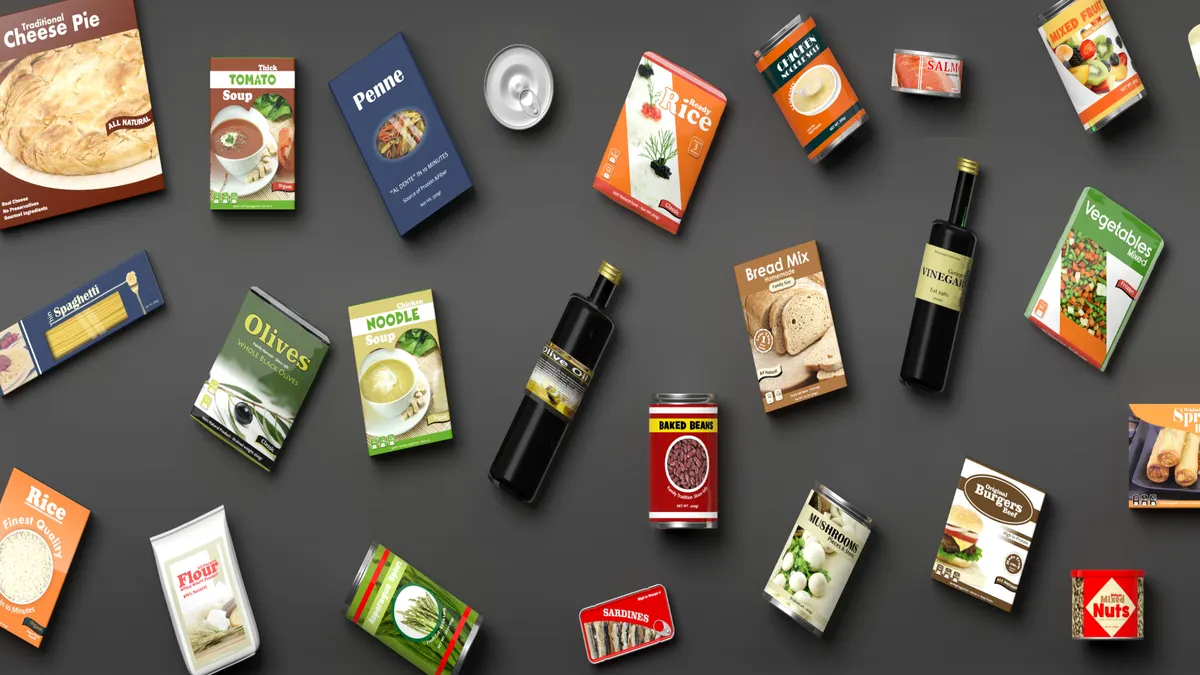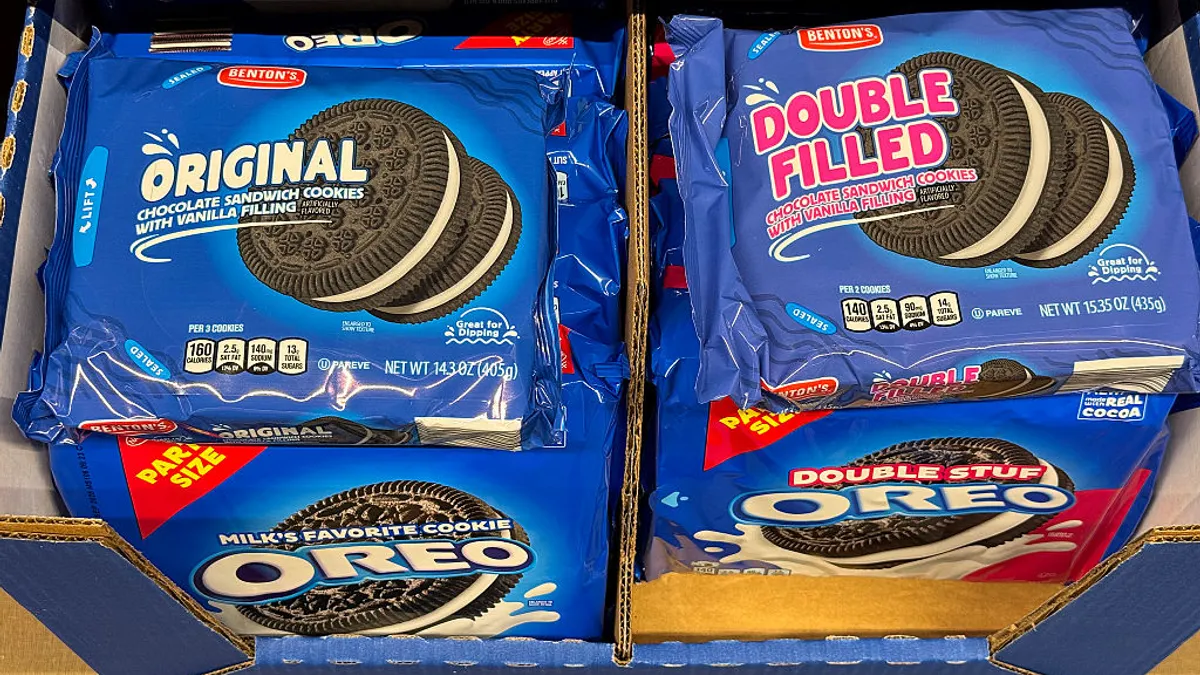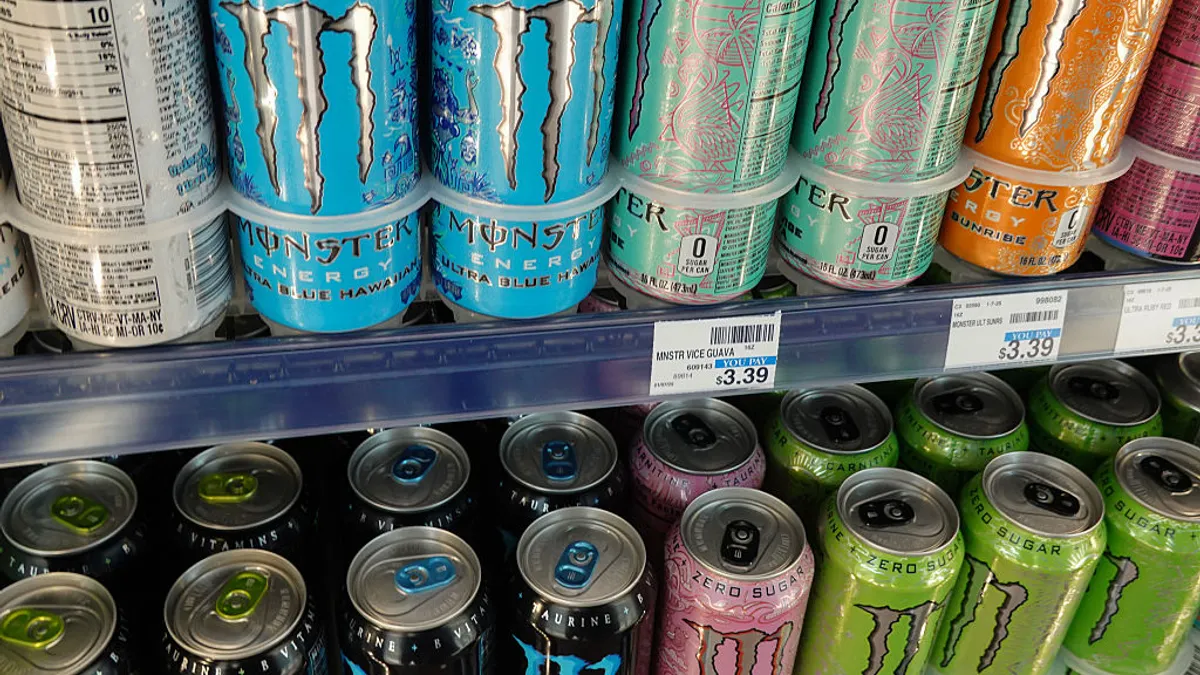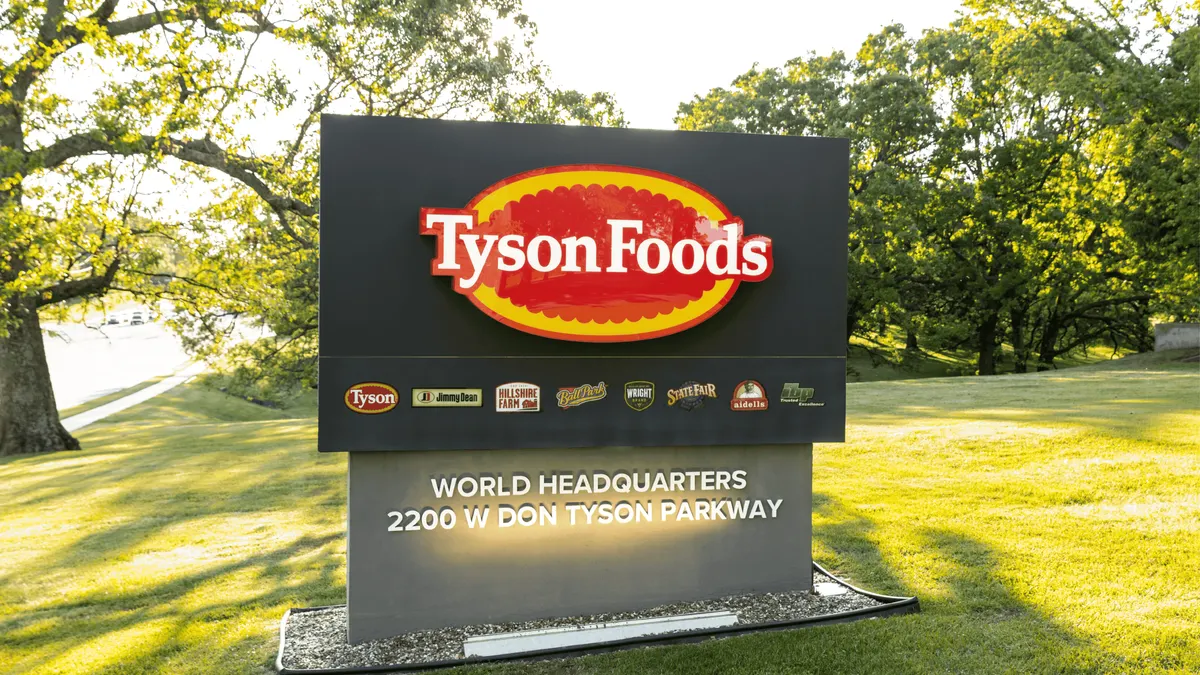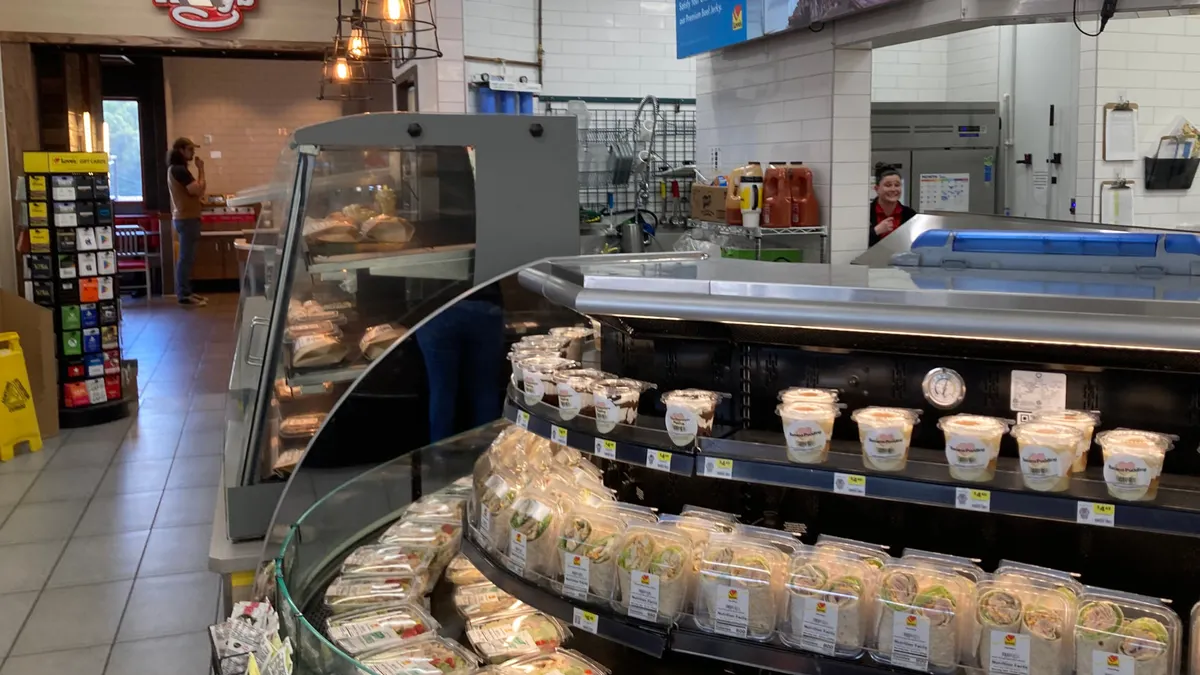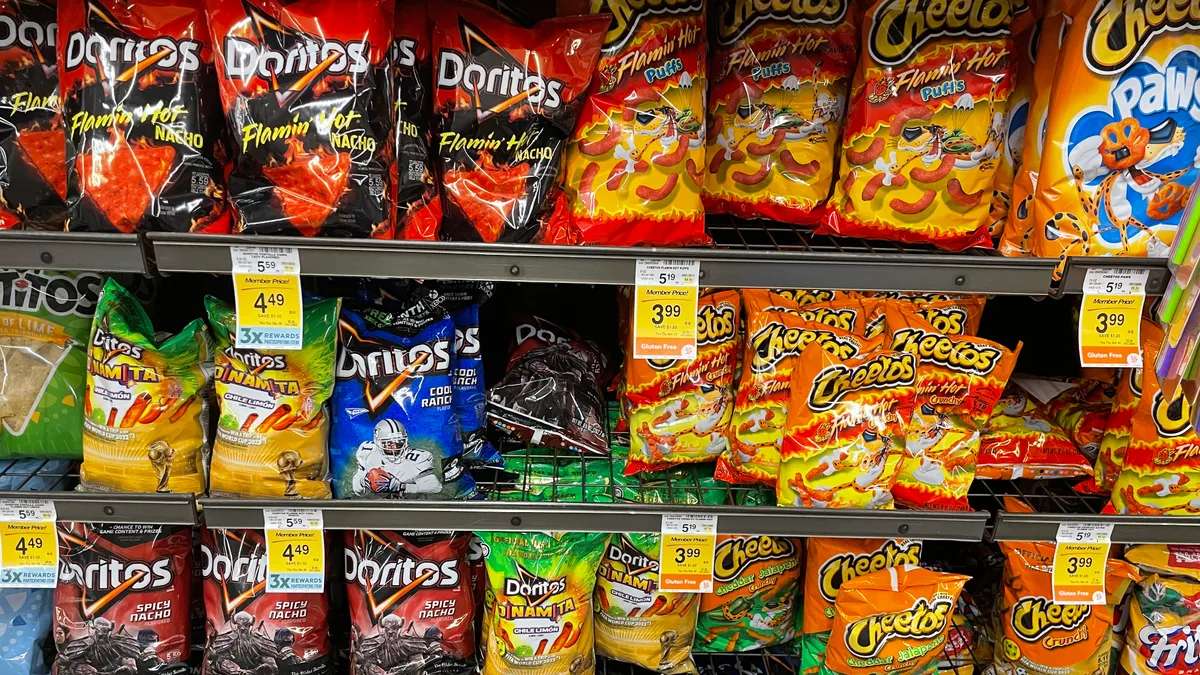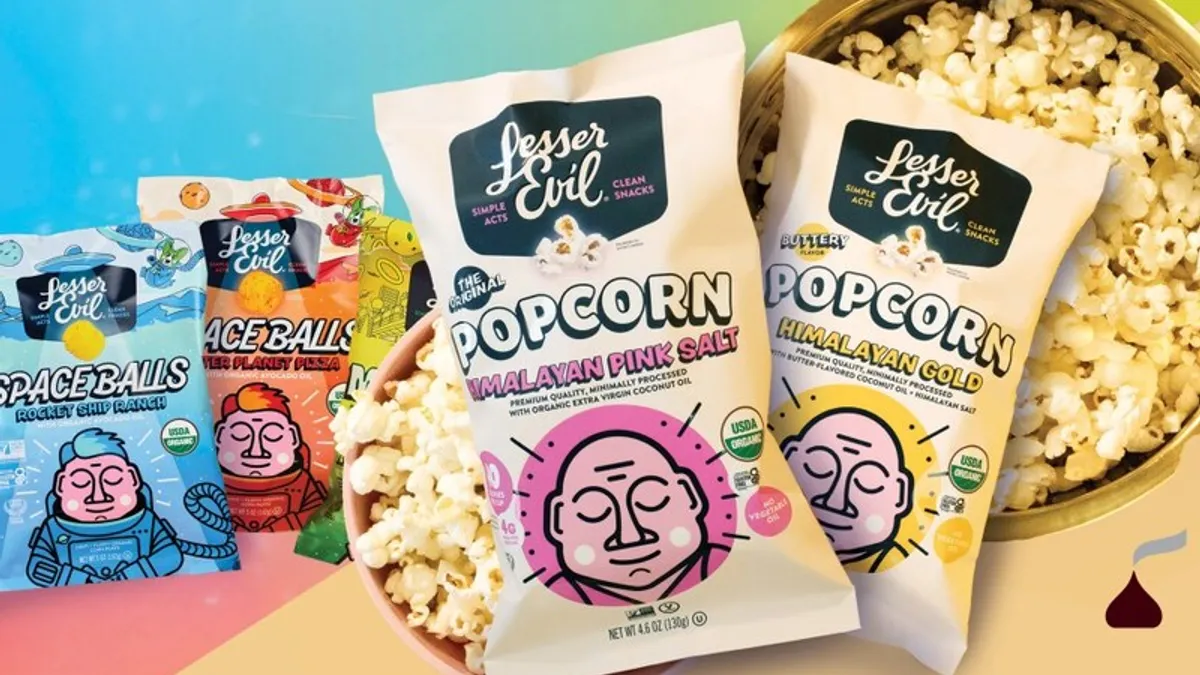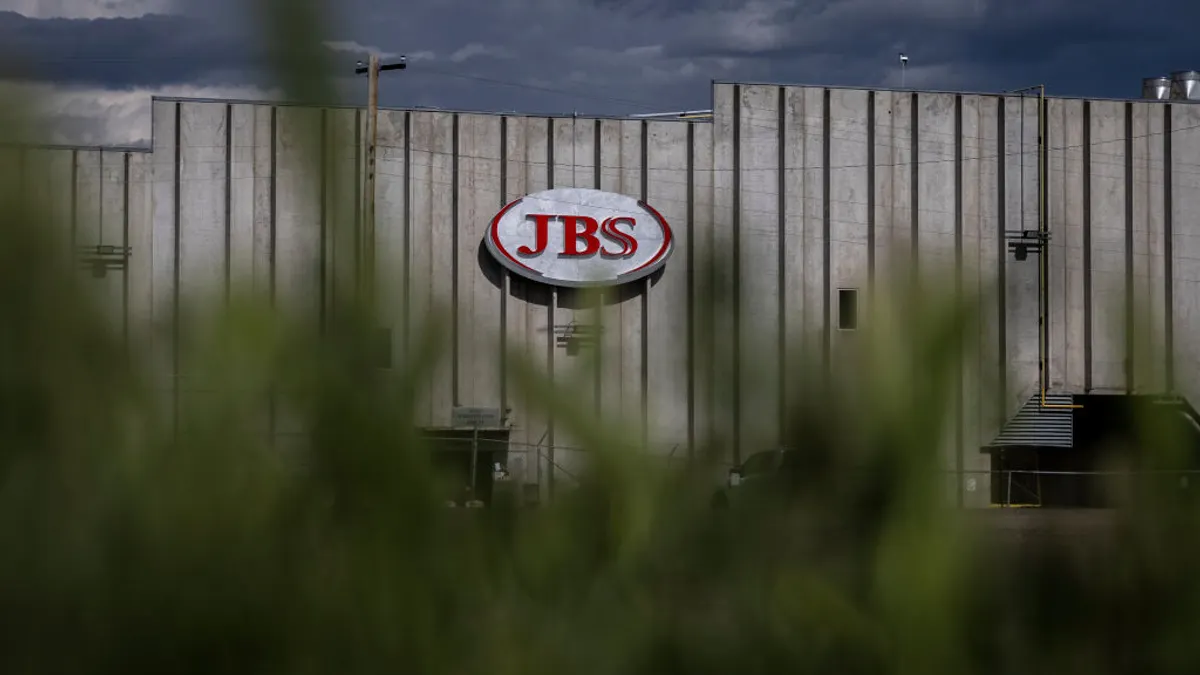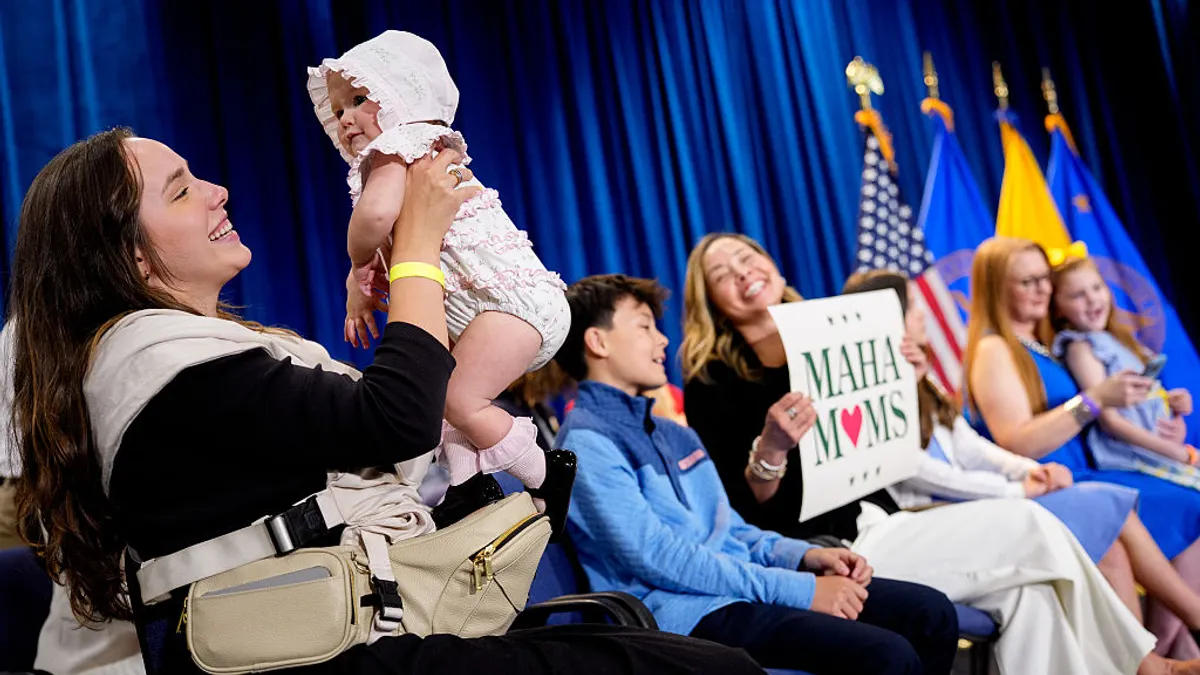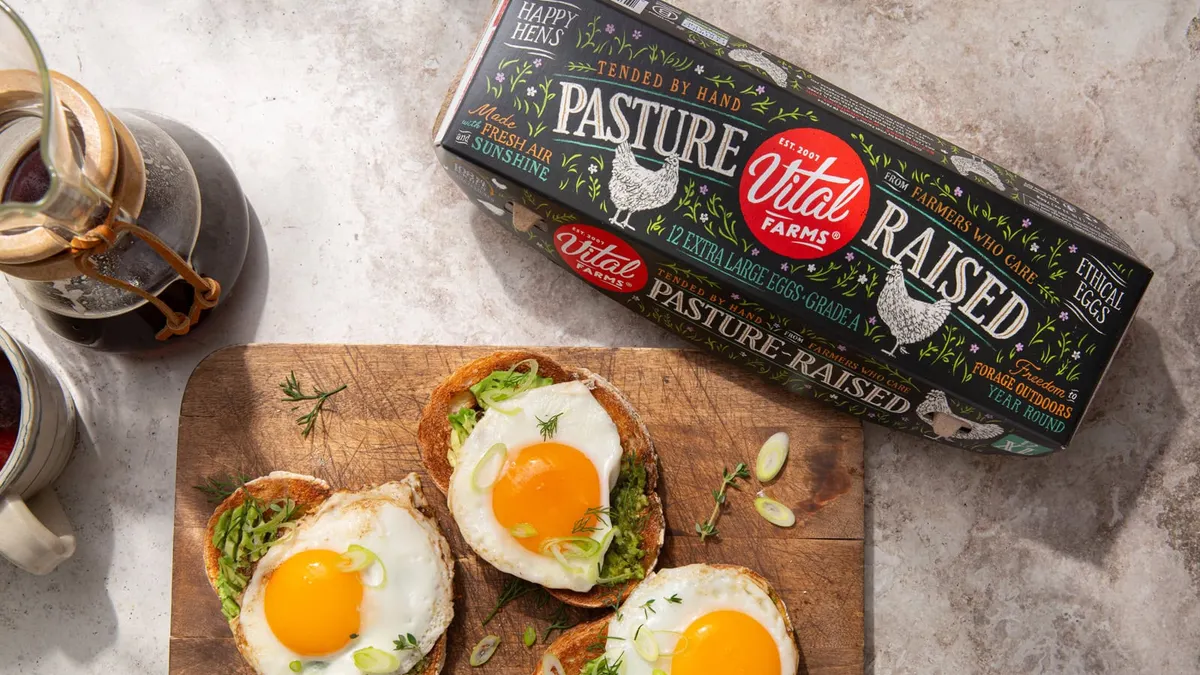NEW YORK — Keeping a brand relevant with consumers takes a lot of work. Todd Kaplan has to manage 70. The executive, who joined packaged foods giant Kraft Heinz as CMO last year, spoke at Advertising Week New York Monday about the delicate balance marketers must strike as the pressure to capitalize on pop culture trends necessary for relevance collides with established brand perceptions.
Despite the breakneck pace of the industry, marketers should stay focused on big-picture thinking, even for work lacking substantial paid media investment, according to Kaplan, who was interviewed at the show by marketing executive David “Shingy” Shing. Kaplan cautioned against activating around every viral opportunity, arguing that small decisions add up over time.
“Brand building is a bit like pointillism ... Every time you activate your brand, you’re placing a dot in somebody’s brain,” said Kaplan, explaining that those individual dots cluster over time to form richer perceptions of a brand. Marketers who have a strong grasp of such perceptions can act with confidence on whether and how to deploy their brands in different cultural contexts while those who don’t may simply create more noise.
“If you have a consistent point of view and a consistent brand architecture, you can tell multiple different stories … but it all needs to ladder back to that same brand idea,” said Kaplan.
Rapid response time
Kaplan for years has been an evangelist for the power of earned media and organic social media, marketing tactics that more CPGs have prioritized as they try to modernize. Several times during the Advertising Week discussion, the CMO emphasized success that came despite comparatively little traditional media spend.
The talk covered a range of efforts the executive has steered in the roughly 14 months since he jumped from Pepsi to Kraft Heinz, including: A collaborative Heinz condiment developed with hip-hop producer Mustard; a name, image and likeness deal struck between Ore-Ida and Richie Saunders just days after the college basketball player revealed his great-grandfather co-founded the brand and is credited with inventing Tater Tots; cartons carrying Jet-Puffed marshmallows that Kraft Heinz debuted around Easter in response to record-high egg prices; and a race ahead of the Indy 500 that pitted six of Oscar Meyer’s Wienermobiles against each other on the track.
In each case, Kaplan’s team moved quickly to respond to a trending topic, whether it was a meme inspired by a Kendrick Lamar song or a sporting event tied to Memorial Day weekend. But the CMO and his collaborators were also deliberate in making sure these activations were guided by insights drawn from consumers (price pressure in the grocery aisle), brand history (Saunders’ familial connection to Ore-Ida) or some combination of the two.
“A lot of these really come down to just simple truths, whether they’re cultural truths or they’re things about the brand,” said Kaplan.
Marketers do not always make a solid argument for inserting themselves into water-cooler conversations, per Kaplan. The executive pointed to last weekend’s release of Taylor Swift’s “The Life of a Showgirl” as a media frenzy where the rush for brands to appear in-the-know came at the sacrifice of thoughtfulness.
“[It’s] not just about chasing the latest thing. You see all these brands coming out with Taylor Swift, with orange boxes on social [media], and all the different things just to be a part of a moment,” said Kaplan, referring to the color scheme of the album. “But that brand might not have the right to speak on something in that moment or be adding to that moment. It’s just noise otherwise or might be confusing a consumer from what you’re trying to tell.”
Not every stunt needs to be fully fleshed out on the first try, either. Heinz’s collaboration with Mustard is an example of something that started out as content before becoming an actual product on retail shelves and available through QSR partner Buffalo Wild Wings. Oscar Meyer’s Wienie 500, which spurred feverish bets on DraftKings and ESPN coverage, is something that Kaplan could see expanding with additional marketing elements next year.
“Sometimes it’s just getting out proof of concept, trying it, and then you’ve got to build [up] to that next level,” said Kaplan.
How legacy affects marketing
One advantage Kaplan wields from his perch at Kraft Heinz is familiarity. Several products in the company’s portfolio are a century old or more and carry iconography that is recognizable enough to qualify as category-defining. Leaning on nostalgia has become an easy way for many CPG brands to spark an emotional response in consumers, but can carry downsides if a brand is looking to properly shape things up.
Well before Kaplan joined, Kraft Heinz was struggling to make its brands more appealing to millennial and Gen Z shoppers who have gravitated toward healthier, less processed foods. A number of offerings under the marketer’s sprawling umbrella have enacted refreshes and repositionings in recent years to return to growth, but the business remains on uneven footing. Kraft Heinz, the product of an industry mega-merger a decade ago, announced plans to split into two entities last month: One centered on sauces, spreads and shelf-stable meals and the other on grocery staples like Oscar Mayer and Lunchables.
Kaplan was not asked about the breakup plans during the Q&A with Shingy, but acknowledged some of the burden of marketing older brands, calling legacy a “tricky” word.
“You’re a legacy brand because you’ve created a legacy,” said Kaplan. “You’re famous for doing something ... but then you can very quickly get trapped at a certain moment of time if the thing that you did with that brand was so specific to a certain era … or certain way of doing it.”
The talk closed with Shingy asking Kaplan about artificial intelligence, a subject he initially promised he would avoid. Kraft Heinz is experimenting with an internal tool called Tastemaker that assists with ideation and efficiency. As with his broader approach to marketing, Kaplan positioned the technology as one piece of a larger puzzle.
“I don’t think people need to have an AI strategy. They need to have a strategy and understand how AI can inform or enhance that,” he said.





